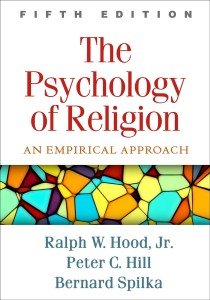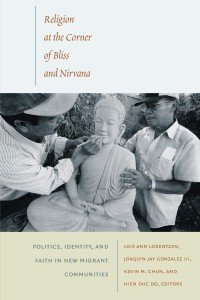Uncovering the Cultural Significance of Ghost Dances:
A Critical Analysis of Gregory Ellis Smoak's Book on
American Indian Identity and Ethnogenesis
In the 19th century, Native American communities faced numerous challenges as they struggled to preserve their cultural identity and way of life in the face of colonization and forced assimilation. One significant aspect of this struggle was the emergence of a religious movement known as Ghost Dances, which played a crucial role in shaping Native American identity. Here, we will review the book Ghost Dances and Identity: Prophetic Religion and American Indian Ethnogenesis in the Nineteenth Century by Gregory Ellis Smoak, which delves into the significance of Ghost Dances in forming Native American identity.
Ghost Dances and Identity explores the impact of the Ghost Dance movement on the cultural and religious identity of Native American communities in the 19th century. The book focuses on the critical role played by the Ghost Dance movement in creating a unified Native American identity, which helped to resist the dominant forces of European colonization and cultural assimilation.
Gregory Ellis Smoak is an associate professor of American Indian Studies at the University of British Columbia, where he also serves as the Director of the First Nations and Indigenous Studies Program. His research interests include Native American religious movements, cultural revitalization, and the formation of Native American identities.
Ghost Dances were religious ceremonies that emerged in the late 19th century among various Native American communities in North America. These dances were believed to have prophetic powers. They were considered to be a means of communicating with the spirits of the dead, who would help in restoring the traditional way of life for Native Americans.
Smoak argues that the Ghost Dance movement was not just a religious phenomenon. Still, it also had significant political and cultural implications. The dances served as a way for Native Americans to express their resistance to the oppressive policies of the US government and reclaim their cultural identity.
Ethnogenesis refers to the process of creating a new cultural identity through the merging of different cultural elements. Smoak argues that the Ghost Dance movement was critical in forming a unified Native American identity. The dances brought together various Native American communities, who shared a common desire to preserve their cultural heritage and way of life.
Through the Ghost Dance ceremonies, Native Americans could reclaim their cultural practices and beliefs, which had been suppressed by the dominant European culture. The movement also helped to create a sense of unity among different Native American groups, who came together to perform the dances and resist the dominant forces of colonization and assimilation.
In conclusion, Ghost Dances and Identity is a stimulating and insightful book that sheds light on the significance of the Ghost Dance movement in forming Native American identity. Smoak's in-depth analysis and research provide a comprehensive understanding of the complex role of Ghost Dances in the cultural and religious revival of Native American communities in the 19th century. This book is for anyone interested in Native American history, culture, and identity.






